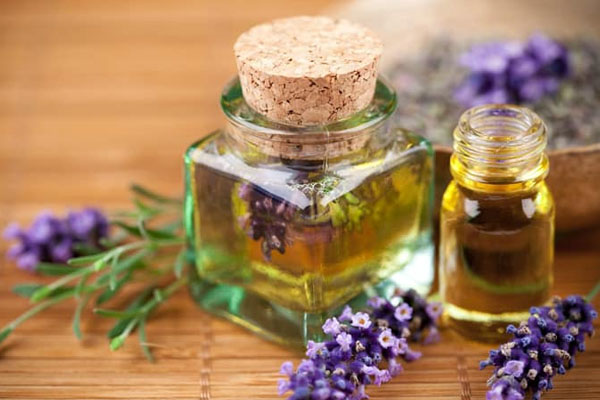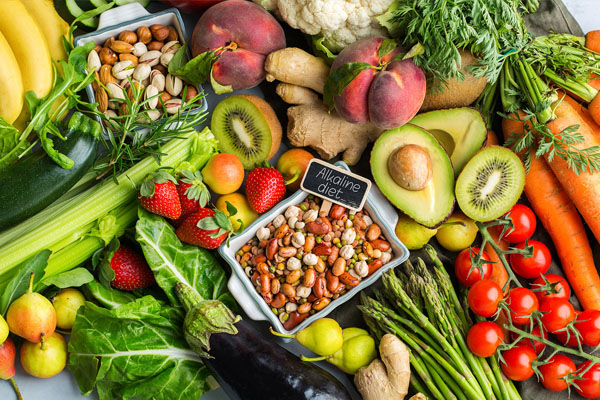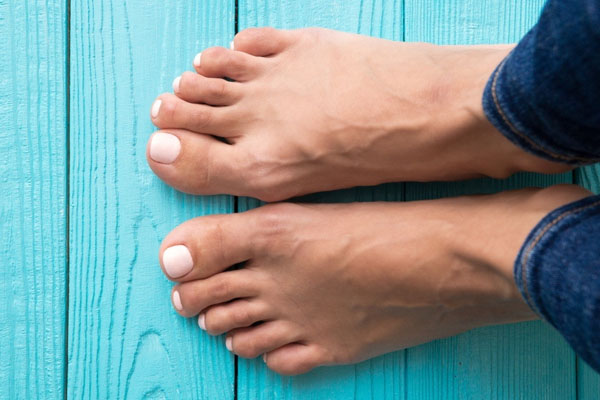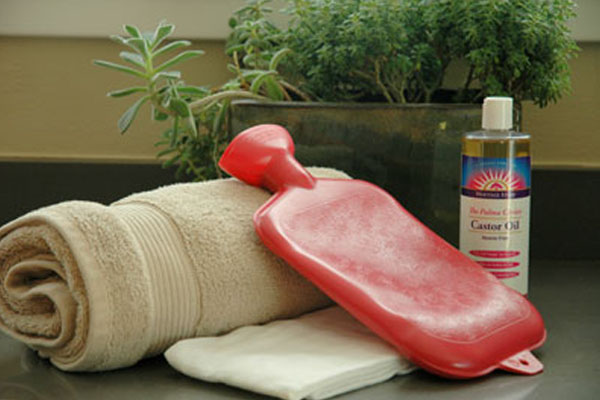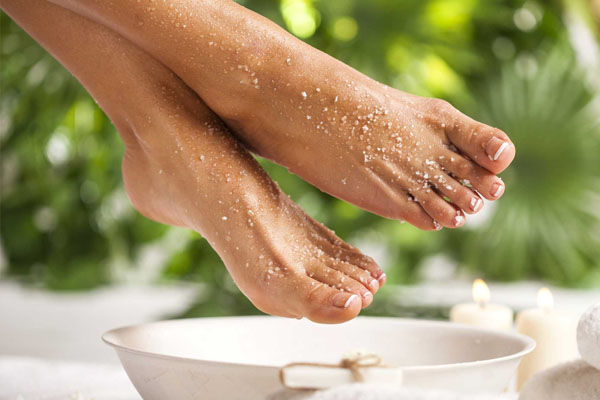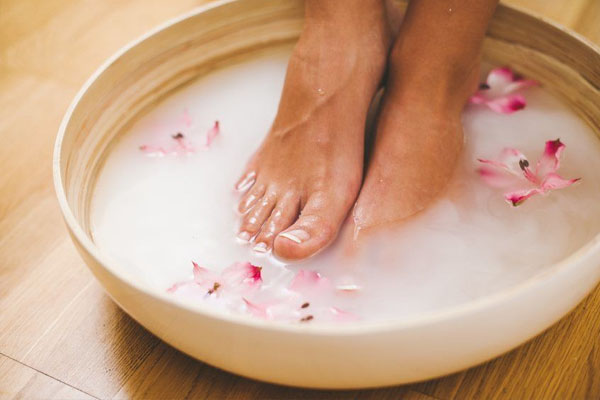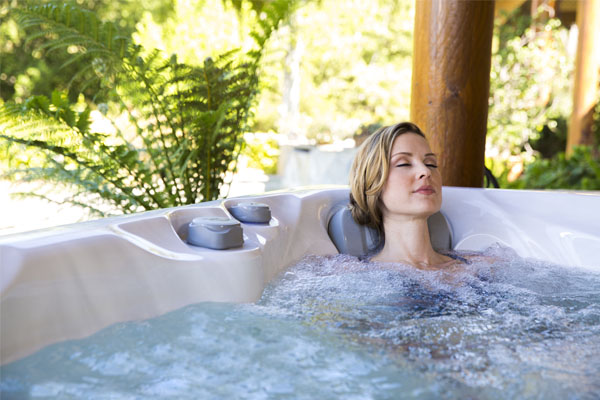Supplements and Essential Oils & Lifestyle
- A probiotic supplement – will help you get rid of the yeast and candida in your system. Bottle dosage, daily
- A prebiotic supplement – assists in building the internal gut flora colonies. Bottle dosage, daily
- Digestive enzymes with meals
- G.I. Fortify bowel fiber, bottle dose, daily
- Olive leaf extract – a powerful antimicrobial action that can help eliminate yeast within your system. Bottle dosage 2X daily
- Pure Encapsulation “Antioxidant Capsules”. Take 3 caps 2X daily.
- A blend of Mushrooms like “Immune Assist” or “Stammet’s 7”. Bottle dosage 2X daily
- Goldenseal powder – 500 mg. daily
- Silymarin/milk thistle – 300 mg. 2x daily
- Take 1 tablespoon of flaxseed oil and 1 tablespoon of coconut oil daily
- Oil of oregano has powerful anti-fungal properties. Not only can oil of oregano kill fungus, but it can also kill mold and other causes of candida within your system. 1 capsule in the evening.
Topical Application
Mix oil of oregano with tea tree oil – 3 drops of oil of oregano and 2 drops of tea tree essential oil applied directly on the toenail, 4 times daily. The key to effectively killing toenail fungus with essential oils is consistency. Alternatively, use a combination of lavender and tea tree essential oils. Lavender oil has several volatile compounds and antiseptic properties that fight infections and prevent skin irritation.
- Mix five drops each of lavender oil and tea tree oil.
- Use a cotton ball to apply this solution under the top edge of the affected toenail and surrounding area.
- Leave it on for at least 10 minutes, rinse it off and dry your toes thoroughly.
Repeat two or three times a day.
Lifestyle Practices
- Breath practice – Long, slow, deep breathing. Mornings and before bed.
- Sleep and Relaxation – Sleep 8 hours nightly, and nap if needed during cleanse.
- Exercise – Daily exercise
- Gratitude Practice – Be grateful and appreciative every day in every way.
- Time in nature – Often and whenever possible
- Meditation – Daily time to center
Following the protocols outlined in this 3 parts series for several months might be able to help solve the problem for good, and then you can slowly reintroduce sources of sugar like fruit, or whole grains while monitoring your progress. However keep in mind that some candida or yeast sufferers have lived with their condition for years, so combating the issue might take more than just a few weeks or months.
Click the link for > Part I of this series
Click the link for > Part II of this series
